Housing is one of the basic costs of living in Japan. In this article, we introduce the types of housing in Japan, the process of finding accommodation, and the average cost of rent in Japan.
Table of Contents
- Is rent expensive in Japan?
- Types of Housing in Japan
- Process of Finding A Place to Stay in Japan
- Points to Consider When Finding Housing in Japan
Is Rent Expensive in Japan? Average Monthly Rent by Prefecture

The Statistics Bureau of the Japanese Ministry of Internal Affairs and Communications (MIC) conducts and publishes a housing and land survey every 5 years. Called “yachin (家賃)” in Japanese, the cost of rent in Japan is also surveyed and published according to region, which is great for reference.
Along with the monthly rent (家賃; yachin), the report also presents the rent amount per tatami mat (畳, read -jou in this context). A single tatami mat is approx. 1.5~1.8㎡ in size, it varies from region to region.
Japan’s Average Monthly Rent by Prefecture
|
Prefecture |
Monthly |
Rent per |
Prefecture |
Monthly |
Rent per |
Prefecture |
Monthly |
Rent per |
|---|---|---|---|---|---|---|---|---|
|
(Nationwide) |
55,695 |
3,074 |
Toyama |
42,992 |
2,350 |
Shimane |
39,797 |
2,091 |
|
Hokkaido |
41,715 |
2,016 |
Ishikawa |
44,888 |
2,431 |
Okayama |
45,489 |
2,467 |
|
Aomori |
38,264 |
1,882 |
Fukui |
42,374 |
2,224 |
Hiroshima |
48,361 |
2,569 |
|
Iwate |
39,990 |
2,021 |
Yamanashi |
42,592 |
2,290 |
Yamaguchi |
39,559 |
2,079 |
|
Miyagi |
48,894 |
2,753 |
Nagano |
43,252 |
2,275 |
Tokushima |
41,719 |
2,114 |
|
Akita |
39,404 |
2,016 |
Gifu |
44,046 |
2,233 |
Kagawa |
44,020 |
2,192 |
|
Yamagata |
42,234 |
2,278 |
Shizuoka |
50,038 |
2,646 |
Ehime |
40,819 |
2,047 |
|
Fukushima |
41,386 |
2,189 |
Aichi |
52,492 |
2,824 |
Kochi |
40,255 |
2,058 |
|
Ibaraki |
45,231 |
2,426 |
Mie |
43,656 |
2,289 |
Fukuoka |
48,429 |
2,589 |
|
Tochigi |
44,953 |
2,395 |
Shiga |
47,947 |
2,552 |
Saga |
42,777 |
2,132 |
|
Gunma |
42,601 |
2,318 |
Kyoto |
54,605 |
3,282 |
Nagasaki |
40,781 |
2,096 |
|
Saitama |
59,358 |
3,276 |
Osaka |
55,636 |
3,227 |
Kumamoto |
40,361 |
2,082 |
|
Chiba |
57,421 |
3,198 |
Hyogo |
55,337 |
2,872 |
Oita |
41,447 |
2,127 |
|
Tokyo |
81,001 |
5,128 |
Nara |
48,492 |
2,382 |
Miyazaki |
38,353 |
1,972 |
|
Kanagawa |
68,100 |
3,898 |
Wakayama |
40,984 |
2,127 |
Kagoshima |
37,863 |
2,016 |
|
Niigata |
45,038 |
2,472 |
Totori |
40,275 |
2,171 |
Okinawa |
45,560 |
2,336 |
To summarise the above table:
- The average monthly rent in Japan (nationwide 47 prefectures) is 55,695 yen.
- The prefectures with monthly rental above the national average are Saitama, Chiba, Tokyo, Kanagawa, Osaka, and Hyogo.
- The prefecture with the most expensive rent is Tokyo (81,001 yen), and the cheapest rent is Kagoshima (37,683 yen).
- The prefecture with the most expensive rent per single tatami mat area is Tokyo (5,128 yen), and the cheapest is Aomori (1,882 yen).
※ Statistics Bureau, MIC, “都道府県別でみる住宅状況~住宅及び世帯に関する基本集計(確報値)より~” [2018]
Average Monthly Rent in Major Cities in Japan
Narrowing down the scope of results, let’s have a look at the standards of monthly rent (residential exclusive) for these major cities:
- Tokyo (23 Wards) : 120,000~150,000 yen / 22.11 jou
- Yokohama : 90,000~100,000 yen / 21.78 jou
- Kawasaki : 90,000~100,000 yen / 21.78 jou
- Kobe : 70,000~800,000 yen / 19.41 jou
- Sapporo : 60,000~700,000 yen / 22.47 jou
- Osaka : 80,000~900,000 yen / 21.02 jou
- Nagoya : 70,000~80,000 yen / 21.66 jou
- Fukuoka : 60,000~70,000 yen / 19.23 jou
[Note: 1 jou (1畳) is is approx. 1.5~1.8㎡ in size.]
※ e-Stat, “平成 30 年住宅・土地統計調査: 表110-1”
Writer's Pick
Types of Housing in Japan and Their Monthly Rent
In this part of the article, we will look at the types of housing in Japan, their average monthly rent, and other factors that contribute to the changes in price (whether higher or lower).
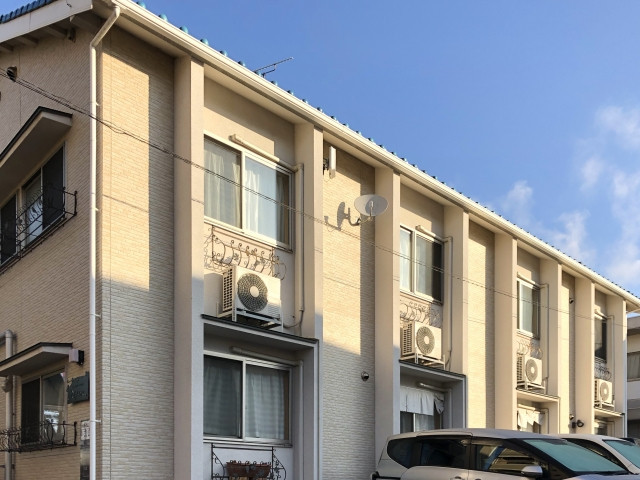
To start with, there are 3 main types of housing in Japan:
- 一戸建 / ikkodate: a stand-alone detached house
- 长屋建 / nagayaken: a form of tenement house; the building is horizontally divided into individual living spaces that have separate entrances leading to your own home but a walls is shared with the neighbouring home.
- 共同住宅 / kyoudou juutaku: a residential complex in which 2 or more households reside in 1 building; includes mansions (マンション), apartments (アパート), and complexes (複合施設)
According to the Ministry of Internal Affairs and Communications 2018 statistics, ikkodate accounted for 53,6%, nagayaken for 2.6%, and kyoudou juutaku for 43.5% of the total housing in Japan. As can be seen from the number of dwellings, in the case of rental property (賃貸物件 chintai bukken) that requires monthly rent payments, a large half of them are residential complexes (共同住宅; kyoudou juutaku).
Japanese Residential Complexes: 共同住宅 (kyoudou juutaku)

The number of residential complexes had increased steadily since 1988, their numbers more than doubling in the past 30 years.
Prefectures with a Large Proportion of Residential Complexes
- Tokyo : 71.0%
- Okinawa : 59.0%
- Kanagawa : 55.9%
- Osaka : 55.2%
- Fukuoka : 52.6%
Proportion of Number of Floors in Residential Complexes
- 1~2 floors : 26.7%
- 3~5 floors : 37.7%
- 6+ floors : 35.6% (amongst which 11+ floors 14.7%, and 15+ floors 4.0%)
※ Statistics Bureau, MIC, “平成30年住宅・土地統計調査住宅数概数集計結果の概要” Pg. 4-6 [PDF]
Brief stop >> Standards for Elevator Installation in Japanese Buildings

According to the Building Standards Act (建築基準法) in Japan, it is mandatory to install elevators in buildings over 31 metres tall. A 31 metres tall building generally has 7~10 floors. With this as background knowledge, buildings more than 6 stories tall are often called high-rise buildings (高層ビル kousou biru), buildings more than 15 stories tall are called skyscrapers (超高層ビル choukousou biru), and buildings more than 20 stories tall are called tower blocks (超高層マンション choukousou manshon).
Buildings with 6 floors or less may not have an elevator, so keep this in mind when apartment-hunting. In any case, it really depends on the building. Some buildings have elevators that start from the 3rd or 4th floor.
Ratio of Accomodation Size to Rental Price
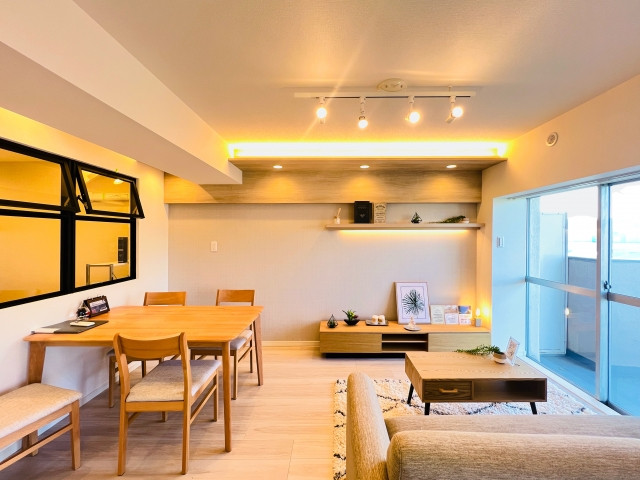
The national average number of rooms per apartment room is 2.77 rooms, based on the 2018 survey.
In terms of area, the average tatami mat area size is 20.71 jou, and in metric it is 51.14 square metres. The national average rent corresponding to this area is between 80,000 and 90,000 yen (20.70 jou).
The rent level standards (residential exclusive) corresponding to 20~22 jou sized apartment room in major cities are as follows:
- Tokyo (23 wards):86,99 yen
- Yokohama:71,429 yen
- Kawasaki:71,118 yen
- Kobe:55,530 yen
- Sapporo:48,887 yen
- Osaka:58,252 yen
- Nagoya:56,220 yen
- Fukuoka:54,380 yen
※ e-Stat, “平成 30 年住宅・土地統計調査: 表113-3”
Types of Housing in Japan by Materials

Is it true that there are many wooden houses in Japan? If so, how many? And what type of other houses are there other than wooden ones?
Looking at the latest figures from the 2018 survey, which is also the latest conducted survey, the breakdown of housing in Japan by housing structure are:
-
木造 / mokuzou / wooden construction (including fireproof wood): 56.9% of total housing
-
非木造 / hi-mokuzou / non-wooden construction: approx. 43.1% of total housing
-
鉄筋・鉄骨コンクリート造 / tekkin・tekkotsu konkuriitozou / reinforced steel & steel concrete structure
-
鉄骨造 / tekkotsuzou / steel construction
-
others
-
Japan’s housing development is gradually moving towards non-wooden houses. The number of wooden houses have been gradually decreasing and the number of non-wooden houses have been gradually increasing. In 1978, the proportion of wooden houses was 81.7% to 18.3% of non-wooden houses.
However, the proportion of wooden to non-wooden houses varies greatly by the type of housing:
-
一戸建 / ikkodate / stand-alone detached house: wooden (92.5%), non-wooden (7.5%)
-
共同住宅 / kyoudou juutaku / residential complex: wooden (12.5%), non-wooden (87.5%)
As can be seen, if you are looking to stay in an apartment etc. residential complex, you’ll find that non-wooden buildings are more prevalent.
※ Statistics Bureau, MIC, “平成30年住宅・土地統計調査住宅数概数集計結果の概要” Pg. 6 [PDF]
Brief stop >> Comparing Monthly Rent of Wood & Non-Wooden Places
In the case of rental housing, the average monthly rent for a wooden house is 52,062 yen, and the monthly rent for a non-wooden house is 64,041 yen (as of 2018).
※ Statistics Bureau, MIC, “平成30年住宅・土地統計調査~住宅及び世帯に関する基本集計:結果の概要~” Pg. 7 [PDF]
Finding A Place to Stay in Japan
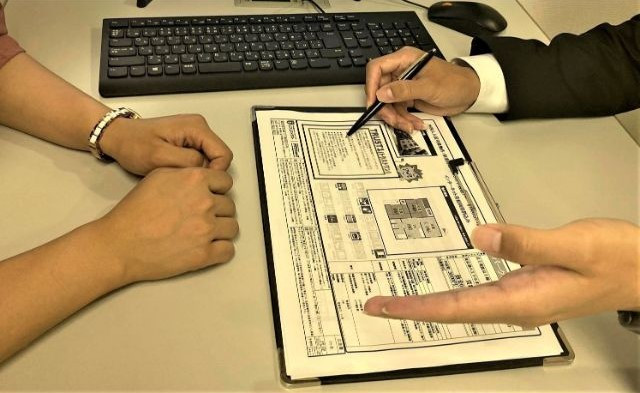
We’ve covered monthly rent (家賃 yachin), which is the biggest concern when it comes to housing in Japan. Now, it’s time to learn about the process of finding a house in Japan. Generally, the process to finding a place to stay goes like this:
- Find a Place that Matches Your Criteria: Consult with a real estate agent at their shop or check rental property websites for a place you like.
- Tour: If the place you like is available, you can arrange to visit for a tour and check the place out in person.
- Apply to Move-In: If you like the place after seeing it with your own eyes, then submit the necessary documents to the realtor and apply to move-in.
- Tenant Screening: Screening of eligibility by the landlord, real estate agency and guarantor takes about 3~7 days.
- Contract
- Move-In
Japan’s Rental Guarantor (家賃保証・賃貸保証) System
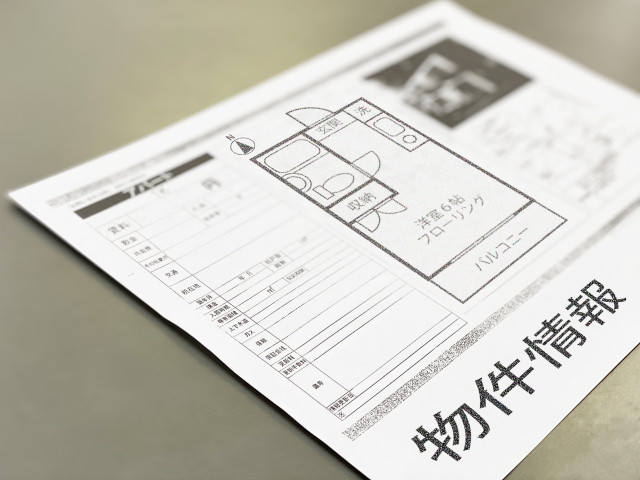
When renting a home in Japan, a Japanese joint guarantor is required regardless of whether the tenant is Japanese or a foreigner. This is a system whereby a person with sufficient income to maintain a household provides a guarantee with a “seal (印鑑 inkan)”, thereafter when problems such as non-payment of rent or non-payment of costs to repair damage to the rental property occur, then payment for these expenses can be claimed from the guarantor.
If no one among your family or acquaintances fit the criteria, then you can use the services of a “guarantor company (保証会社 hoshou gaisha)” usually introduced by the realtor. There are cases where the landlord makes the contract conditional on the use of a guarantor company, in this case you must use a guarantor company. Depending on the guarantor company, you may need to provide an individual as guarantor.
Once you have selected a guarantor company, you will need to apply and go through a screening process. What company you are working at, your tenure at the company, your income and such will be confirmed by submitting your salary slips (給与明細書), withholding tax slip (源泉徴収票), or other similar document.
What is LDK? Japanese Room Terminology
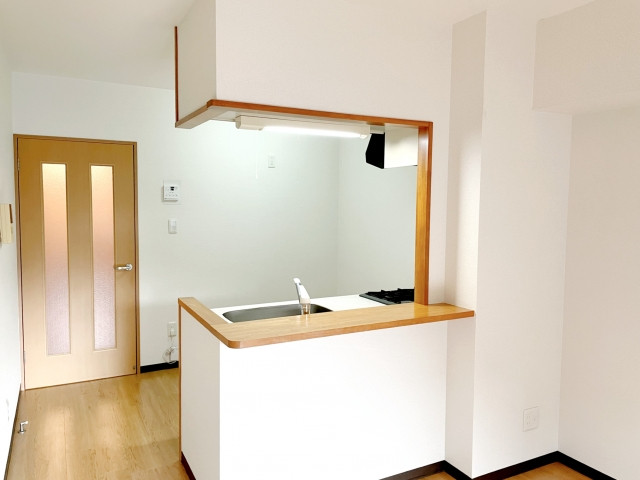
「部屋探し heya sagashi」is the term for “finding a room” in Japanese, this will be your Google search keyword when finding places to stay online. When doing your search, you may come across “1R”, “1DK”, and the like codes that are unfamiliar to you but commonly used in Japan. Let’s have a look at what they mean.
- R stands for “room”.
- K stands for “kitchen”.
- D stands for “dining room”.
- L stands for “living room”.
- 1, 2, 3 numbers stand for rooms or bedrooms.
Combined together, they form a basic understanding of the room layout.
- 1R : One Room Concept. The kitchen space and bedroom are in a shared space.
- 1K : 1 Room + Kitchen. The kitchen and bedroom are separate spaces. When you enter, you will be at the kitchen, the room is deeper inside.
- 1DK : 1 Room + Dining Room + Kitchen. Same layout as 1K, but the kitchen is bigger with enough space to fit a dining table.
- 1LDK : A larger space compared to 1DK, with a living room added to the kitchen and dining room area.
If there are more than 1 room, then the front number will change accordingly. For example, 2LDK and 2DK means 2 rooms / bedrooms. These terms will be helpful when finding accommodation in Japan. You can also tell the real estate consultant what you are looking for using these terms.
Points to Consider When Finding Housing in Japan

While looking at rent In this article, we learnt that there can be significant differences in rent according to region (prefecture and city), and type of housing (wooden or non-wooden).
With regards to rent, a few important points to check before committing to a contract is the upfront costs such as deposit (保証金), key money (礼金), 仲介手数料 (real estate agent fee), 保証人費用 (gurantor fee), and etc. There are some costs that are not a norm in your own country, so look them up beforehand so you don’t get caught off guard by the exorbitant price.
Other things to check when picking a place to stay, aside from the house/apartment’s condition is:
-
Distance to Nearest Station, Commute Time Required, etc.: Walking is part and parcel of Japanese life, many consider a 10 minutes walk to the station is near, if that’s not for you then pick a place closer to public transport. It is also important to check your commute costs, how crowded your train can be, how long it takes to travel, and arrival/departure time of trains.
-
Distance to Convenience Stores, Supermarkets, and other Amenities
-
Availability to Foreign Nationals



































